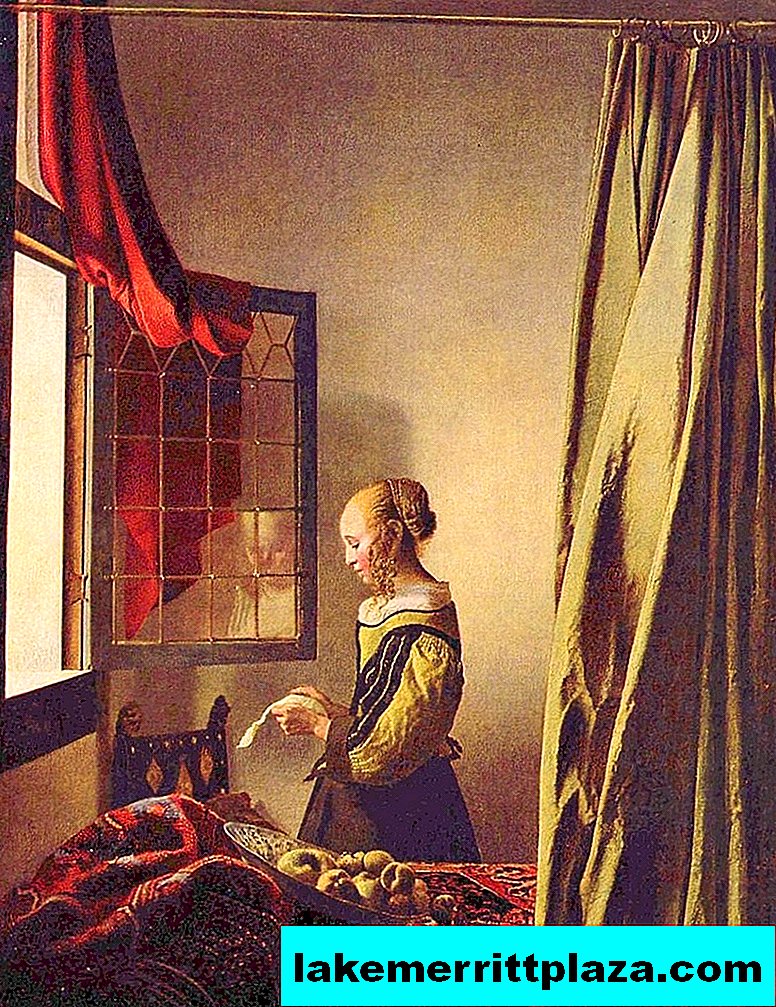The Gallery of Old Masters is a must-see place in Dresden. You will be pleased to see the paintings of great painters so familiar from books and reproductions. There is an audio guide in Russian.

Gallery of Old Masters (Gemäldegalerie Alte Meister), photo by Sokleine
The Gallery of Old Masters (Gemäldegalerie Alte Meister) in Dresden is a world-famous collection of unique paintings from the Renaissance to Baroque. The gallery is also known as the Dresden Gallery.
Creating a Gallery of Old Masters
Her collection was created in the first half of the XVIII century. under kings Augustus II the Strong and Augustus III. In 1746, the collection was replenished with a hundred masterpieces of art thanks to Francesco Algarotti. It was after this that the Gallery of Old Masters became known in Europe.

In the gallery halls, photo by Junko
In the 19th century, a gallery building was designed, which is part of the Zwinger ensemble. Its construction took place from 1847 to 1855. During the Second World War, the building was bombed. But fortunately, most of the paintings were exported. After the war, all exhibits were transported to the Soviet Union for restoration work. In 1956, the masterpieces were returned to Dresden, but before that they were presented in Moscow at the exhibition.
Dresden Gallery Collection

"Sistine Madonna" by Raphael
The Dresden Art Gallery is famous for the works of such artists as Van Dyck, Titian, Rubens, Giorgione and many other artists. The pearl of the collection is Rafael's Sistine Madonna. The greatest masterpiece of the Italian High Renaissance.

"Sleeping Venus" Giorgione
The gallery of old masters is one of the most visited and significant collections of European painting of the XIV-XVIII centuries. The picture "Sleeping Venus" by Giorgione draws attention, which inspired many artists.

View of Dresden with the Augustus Bridge from the right bank of the Elbe, Bernardo Bellotto, 1748
In the 18th-century painting section you will find the works of Bernardo Bellotto (Canaletto the Younger), who managed to convey with his photographic accuracy the unique views of Dresden and its environs of that time.
The treasure of the gallery are works of the Flemish Baroque. Among the creations of this era, the works of the Flemish master Peter Paul Rubens can be distinguished.
The pride of the Gallery of Old Masters is the section of Dutch painting, of which Rembrandt Harmenszoon van Rijn is a representative.
Unique German painting is represented by the works of such masters as Albrecht Durer, Lucas Cranach, Hans Holbein, etc.

The Chocolate Girl by Jean-Etienne Lyotard.
It should be noted that the gallery presents a collection of pastels, where a special place went to "Chocolate Girl" - the work of Jean-Etienne Lyotard.

"Girl Reading a Letter by the Opened Window" Jan Vermer
With the work of Jan van Eyck, the Dutch Renaissance begins in the Gallery of Old Masters. The gallery has portraits of Franz Hals. Of great value are the works “The Bulletin,” “The Girl Reading a Letter by the Open Window,” the true masterpieces of Vermeer Delft.
The Gallery of Old Masters houses the largest collection of paintings by the Dutchman Jacob van Reisdal in Germany. The pinnacle of this artist’s work is the painting "Jewish Cemetery", which is an allegory of the inevitable death of a person, his existence on earth, as well as a constant revival of life. If we talk about the paintings of the great artist Rembrandt, then in the gallery there are about 15.

"Bathsheba at the Fountain," Peter Paul Rubens, 1635
Rubens is the main creator of the Baroque style in European art. Perhaps his most famous painting is Bathsheba at the Fountain.
The work of the artist A. Van Dyck in the Dresden Gallery is represented by the paintings: “The Lady in Black in Front of the Red Curtain” and “The Master in Black in Front of the Column”. Also represented are his works, which depict the children of King Charles I.
The Gallery of Old Masters contains works by such masters as Adrian Brower, David Teniers the Younger, Jan Brueghel the Elder, etc.
As for the French school of the 17th century, its brightest representative is N. Poussin and his painting "The Kingdom of Flora".
In the Gallery of Old Masters there are also works by masters of the 18th century English school: D. Reynolds and G. Reburn.
Artists B. Murillo, D. Velazquez and H. Ribera illustrate the 17th-century Spanish school in the Dresden Art Gallery.
The windows of the Gallery of Old Masters offer an amazing view of the Theater Square, which can also be called a real work of Dresden art.
How to get there
Take tram 4, 8, 9 to the Theaterplatz stop.








